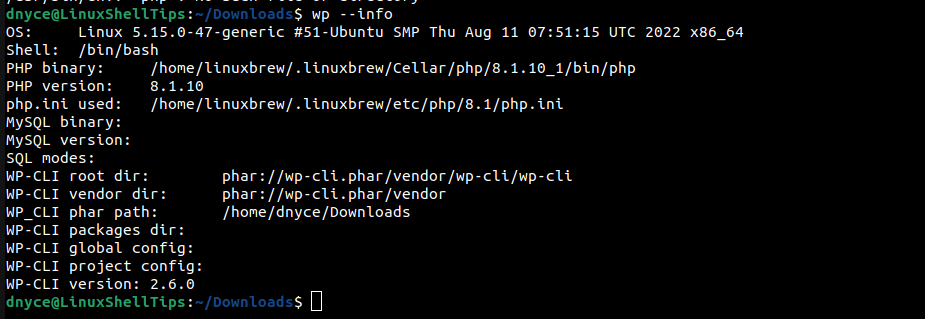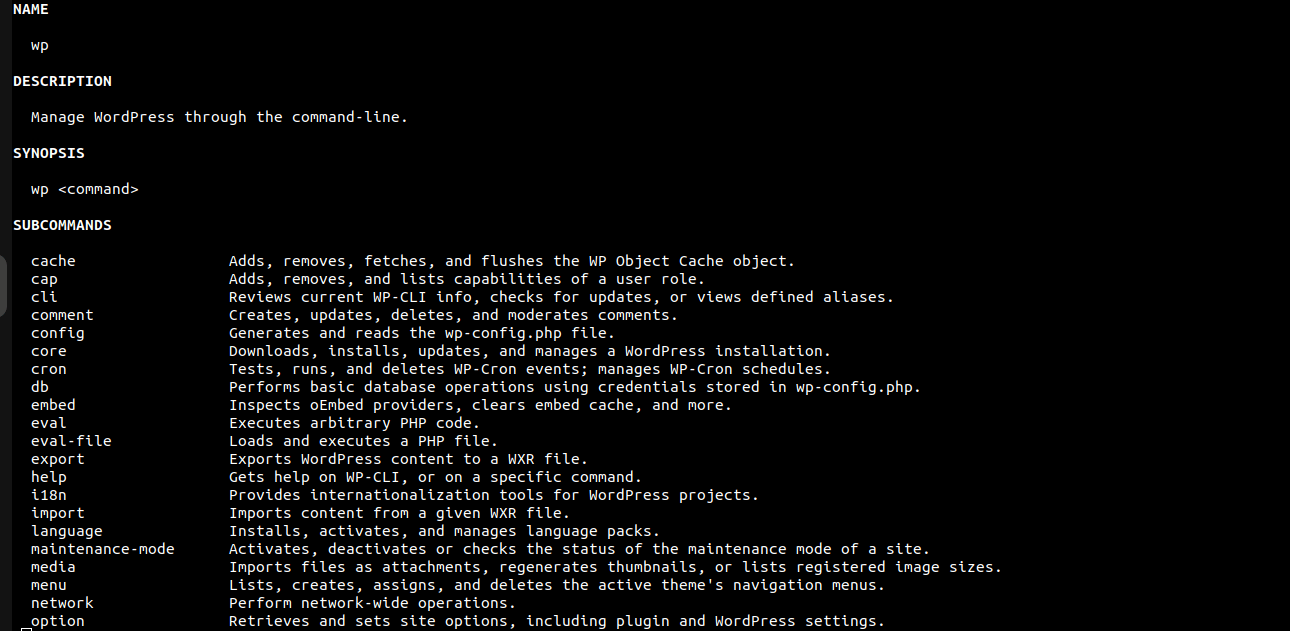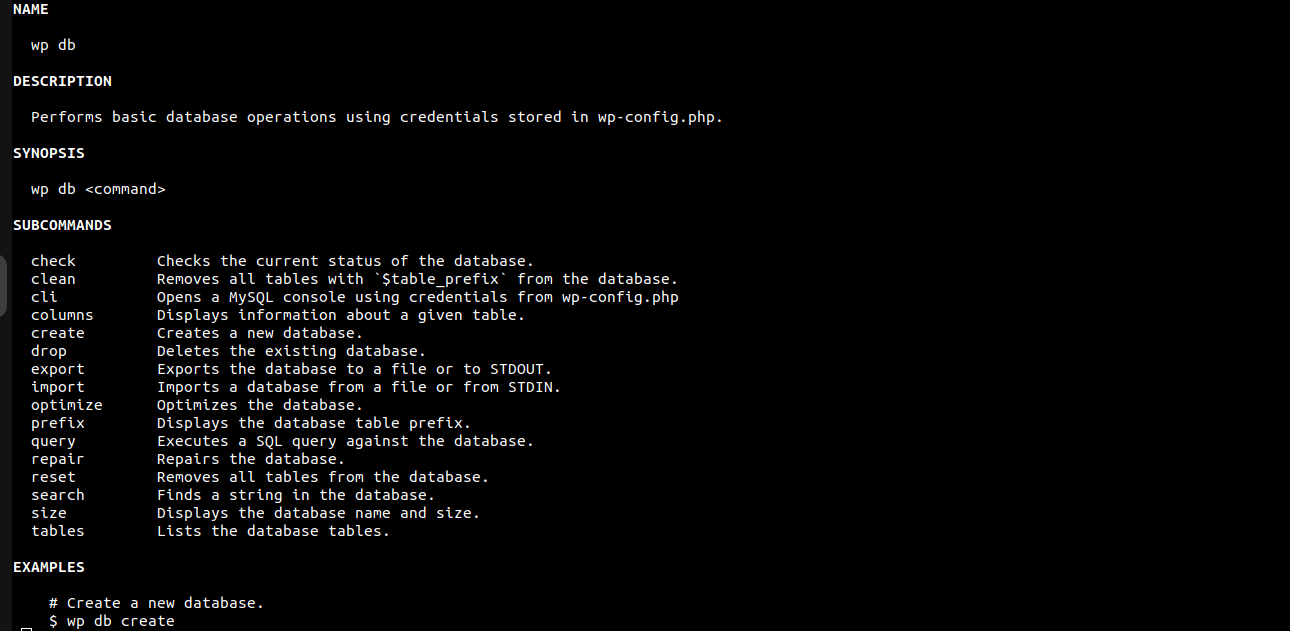WordPress has created a reputation for itself as one of the world’s most sort-after open-source CMS (Content Management System) software. The growing popularity of WordPress CMS is due to the fact a non-coder can easily download, install, set up, and start running an enterprise-driven CMS platform.
WordPress design consideration of non-coders does not exclude the need for useful developer tools and documents. One such tool is WP-CLI.
WP-CLI tool provides a command-line interface for the WordPress CMS software, which makes it possible to install, manage, and update WordPress CMS software if need be.
Additionally, if you are handling multiple CMS sites, this tool will help with their configuration and the update of the WordPress backend server’s cores and plugins. Also, when trying to troubleshoot and restore an irresponsive WordPress frontend, WP-CLI is the go-to tool.
Installing WP-CLI in Linux
The WP-CLI archive file we are going to download exists as a PHP Archive (.phar) file and we can retrieve this file with the following wget command.
$ wget https://raw.githubusercontent.com/wp-cli/builds/gh-pages/phar/wp-cli.phar
Next, we need to make it executable and move the file to the /usr/local/bin directory. This directory stores user command binaries that are executable from the terminal environment.
$ chmod +x wp-cli.phar $ sudo mv wp-cli.phar /usr/local/bin/wp
To make sure we can access the WP-CLI tool from the command line, check its version as follows:
$ wp --info

Updating WP-CLI
You can update WP-CLI with the wp cli update command, or by repeating the installation steps as discussed above.
$ sudo wp cli update
WP-CLI Tab Completions
Next, we need to activate WP-CLI bash completion to auto-complete WP-CLI-related commands via the [Tab] key.
$ wget https://github.com/wp-cli/wp-cli/raw/master/utils/wp-completion.bash
Add wp-completion.bash content to your .bashrc file.
$ cat wp-completion.bash >> .bashrc $ source .bashrc
How to Use WP-CLI Commands in Linux
Once the WP-CLI is installed on the system, you can use it to manage your WordPress installation using the following commands. To execute any of the following commands, you must be in your WordPress installation directory.
WP-CLI Manage WordPress Installation
To download WordPress, use the command:
$ wp core download

To install WordPress, first, create the wp-config.php file on your WordPress directory and set the database name and database user. Afterward, you can install WordPress with the command:
$ wp core install
To check if WordPress is installed, run:
$ wp core is-installed
To check for WordPress updates:
$ wp core check-update
To update WordPress to the latest release:
$ wp core update
To update your database:
$ wp core update-db
Check the WordPress version:
$ wp core version
WP-CLI Clear WordPress Cache
If you are running multiple WordPress instances with cache enabled, changes are that cached content needs to be cleared when you make changes to your site or pages. Most of the time, the cache gets cleared automatically, but if you might face a situation where you need to clear the cache manually, then run:
$ wp cache flush
WP-CLI Manage WordPress Plugins
Displays a list of installed plugins on the site with activation status, whether or not there’s an update available, etc.
$ wp plugin list
You can also deactivate any plugin using its name as shown.
$ wp plugin deactivate plugin_name
You can deactivate all installed plugins with one single command:
$ wp plugin deactivate --all
You can also update one or more plugins.
$ wp plugin update plugin_name $ wp plugin update --all
WP CLI Command Help
To preview all WP-CLI commands and their usage, run:
$ wp help

To get assistance on the usage of a specific WP-CLI command, implement:
$ wp help <command>
For example:
$ wp help db

The WP-CLI tool gives Linux users the needed flexibility when it comes to managing their WordPress projects/sites from the comfort of the Linux terminal environment.
